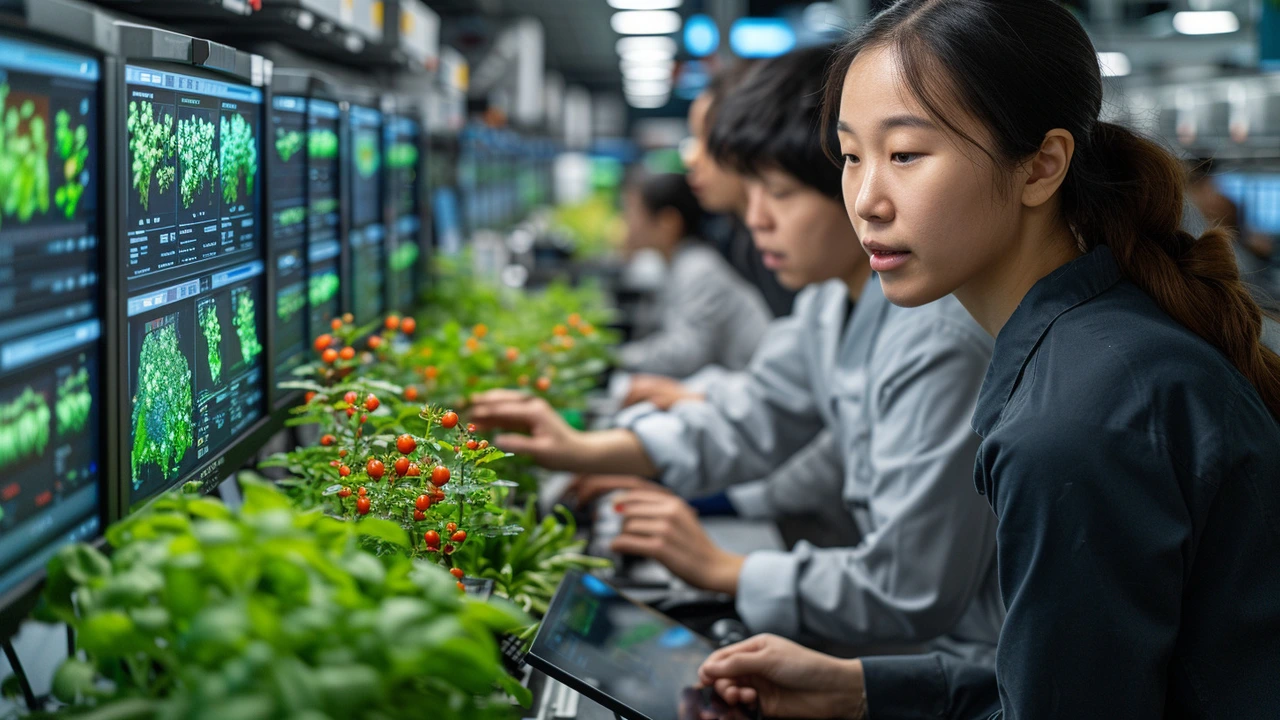Toy Industry Innovation: The New Play Frontier
Ever wonder why the toys on the shelves feel more like gadgets than plastic figures? That’s because the toy world is getting a high‑tech makeover. From AI‑powered companions that learn your child's preferences to cardboard cars printed on‑demand, innovators are mixing play with real‑world tech. If you’re curious about what’s coming next, you’re in the right spot.
First off, smart toys aren’t just about flashing lights anymore. They use voice recognition, machine learning, and cloud connectivity to adapt to a kid’s growing skills. Think of a robot that starts with simple commands, then adds new tricks as your child masters them. This personal growth loop keeps interest high and reduces the boredom factor that kills many traditional toys.
Smart Toys Meet AI
AI brings two big wins: personalization and safety. A plush friend can track bedtime routines and suggest calming stories, while a building set can warn when pieces are assembled incorrectly, preventing frustration. Parents love the safety angle because many platforms now let you set conversation filters, ensuring the toy only says age‑appropriate stuff.
Developers are also using augmented reality (AR) to blend digital and physical play. Point a tablet at a puzzle, and the pieces come to life with animations, clues, and challenges. This hybrid approach lets kids stay active with real objects while enjoying the immersive feel of video games.
Sustainability and Materials
Beyond the screen, the industry is tackling waste. Biodegradable plastics, recycled fibers, and even plant‑based silicone are replacing petroleum‑based materials. Brands are launching toy lines where each component is designed for easy disassembly and recycling, turning a once‑throwaway item into a circular product.
Manufacturing is getting smarter, too. On‑demand 3D printing cuts excess inventory, meaning fewer unsold toys end up in landfills. Small batch runs also let designers experiment with bold colors or custom molds without the huge cost of traditional molds.
What does all this mean for you? If you’re shopping for a gift, look for labels like “AI‑enabled,” “AR compatible,” or “made from recycled materials.” Those tags are a quick way to spot toys that are both fun and forward‑thinking.
For creators, the barrier to entry is lower than ever. Open‑source hardware kits let hobbyists build their own smart toys, and online marketplaces provide ready‑made modules for everything from speech to motion sensing. You don’t need a massive factory to test a new idea—just a laptop, a microcontroller, and a spark of imagination.
In short, the toy industry is no longer just about play; it’s a testing ground for emerging tech. Whether you’re a parent, a collector, or an aspiring inventor, staying aware of these trends helps you pick the right toys and maybe even spark the next big innovation. Keep an eye on the blend of AI, AR, and eco‑friendly materials—the future of fun is already here.

Harnessing Artificial Intelligence to Transform the Toy Industry
Hey there, I’m totally excited to share my latest insights on how artificial intelligence is just flipping the toy industry on its head! Imagine the coolest toys that can learn and adapt to how kids play – it’s all getting real with AI. I’m seeing these incredibly smart toys that can do things we never thought possible, and it’s like they’ve got a mind of their own. They’re not just changing the game; they're rewriting all the rules! I’ve got the full scoop on how these advancements are making playtime more interactive and educational than ever, so stick around to find out!